I typically don’t care much about code releases, but every interactive chart I make these days uses Mike Bostock’s JavaScript library D3.js. It get more fun the more you use it. And it just got better with a 4.0 release.
D3 4.0 is modular. Instead of one library, D3 is now many small libraries that are designed to work together. You can pick and choose which parts to use as you see fit. Each library is maintained in its own repository, allowing decentralized ownership and independent release cycles. The default bundle combines about thirty of these microlibraries.
More importantly:
Small files are nice, but modularity is also about making D3 more fun. Microlibraries are easier to understand, develop and test. They make it easier for new people to get involved and contribute. They reduce the distinction between a “core module” and a “plugin”, and increase the pace of development in D3 features.
Nice.

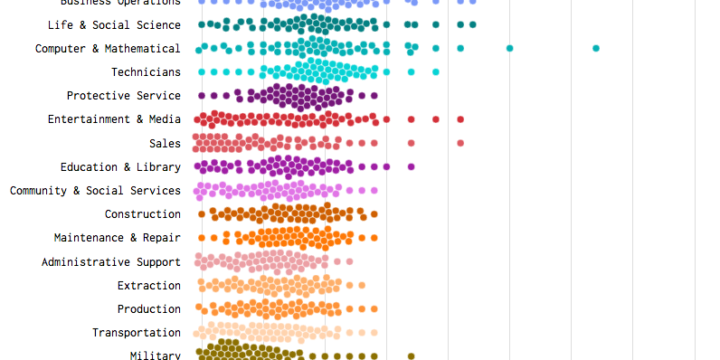
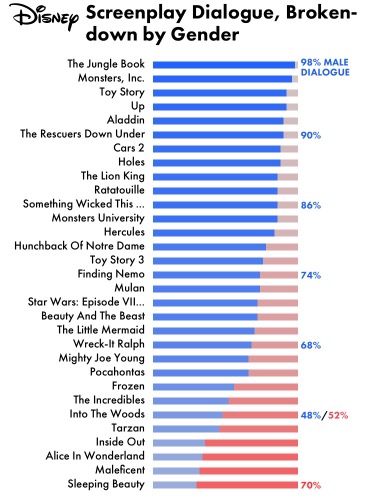

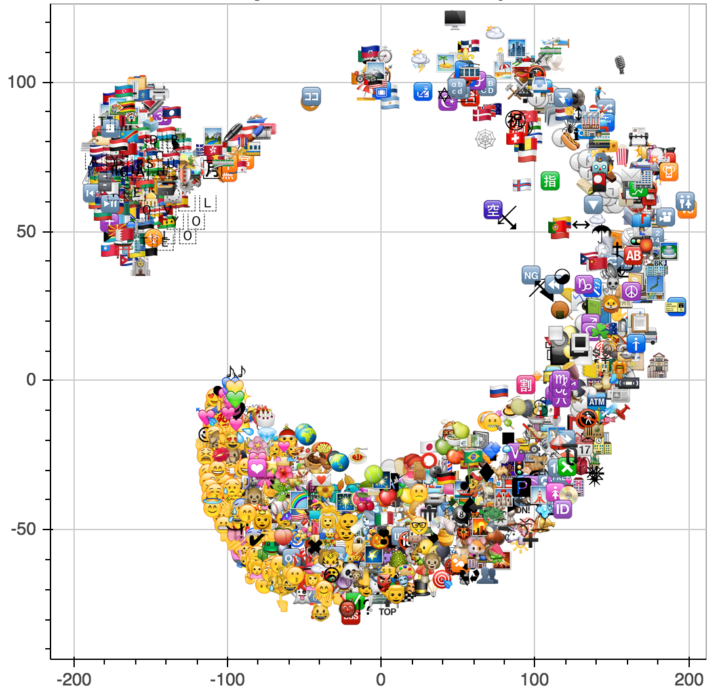


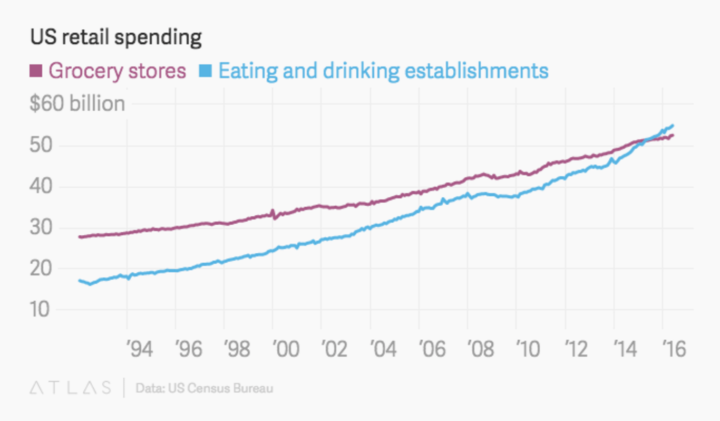
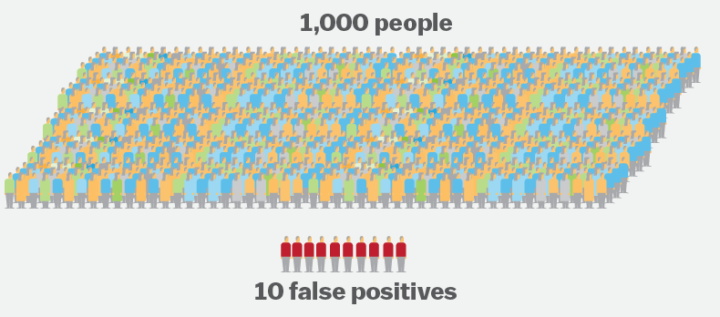



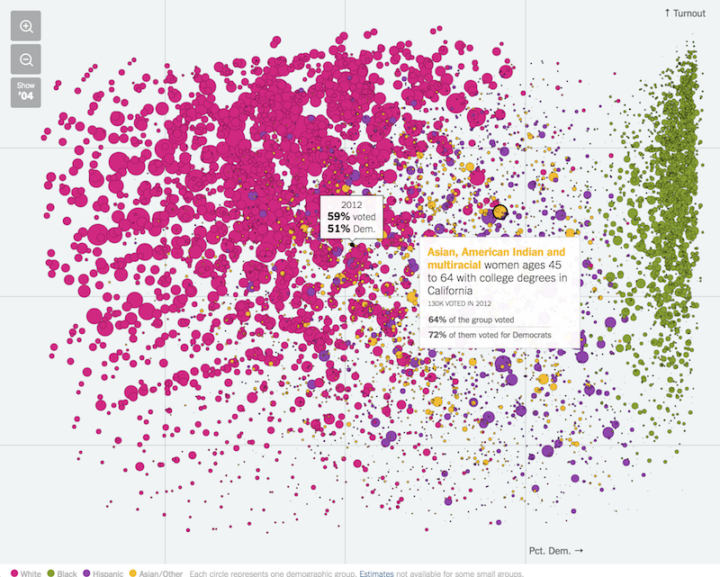
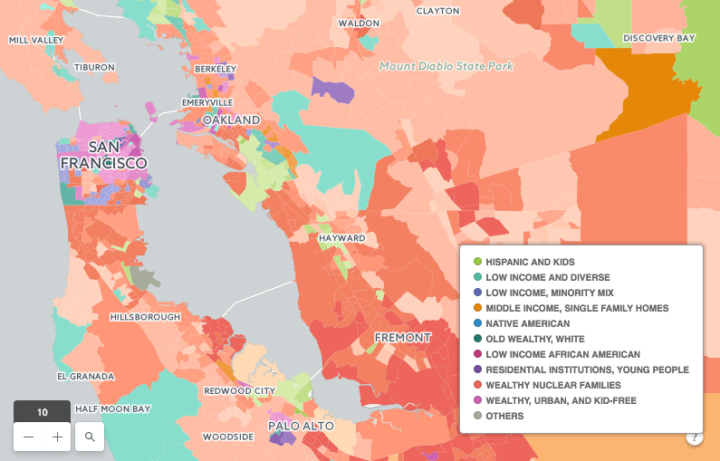
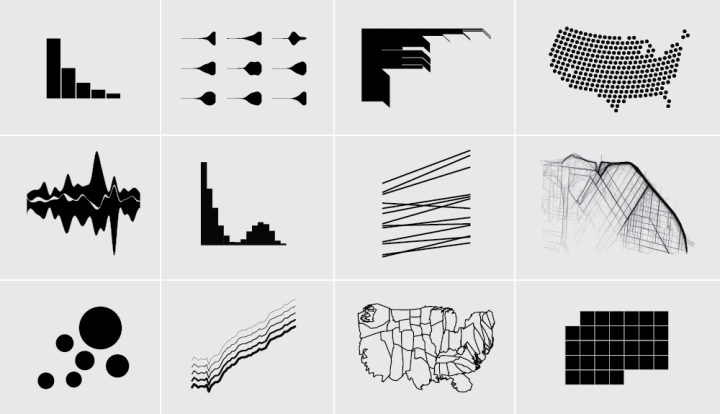
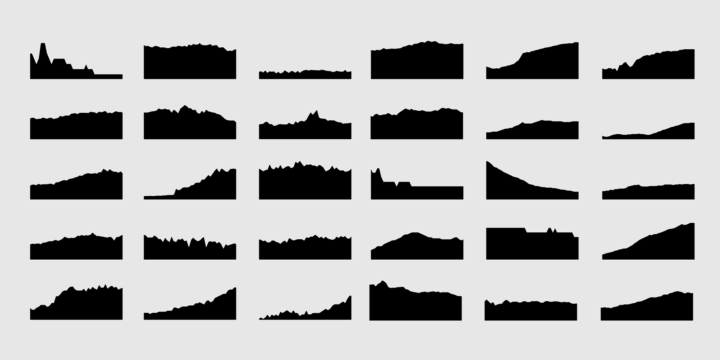










 Visualize This: The FlowingData Guide to Design, Visualization, and Statistics
Visualize This: The FlowingData Guide to Design, Visualization, and Statistics
